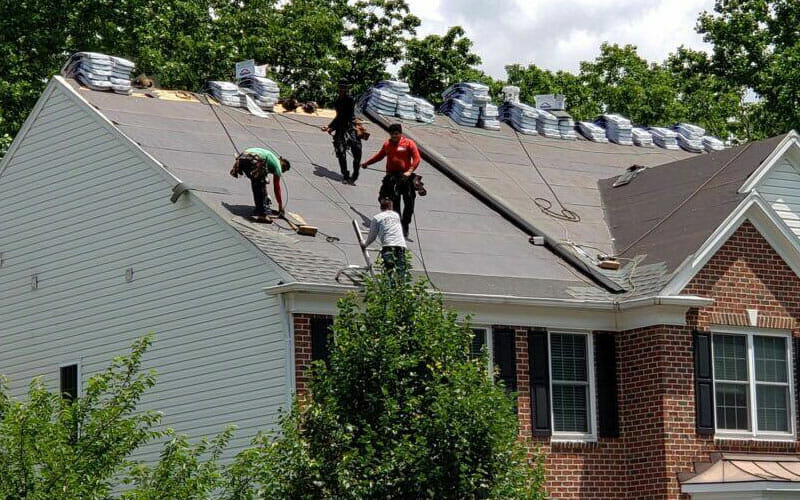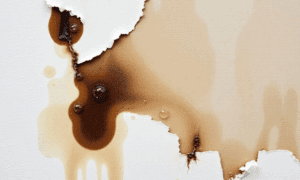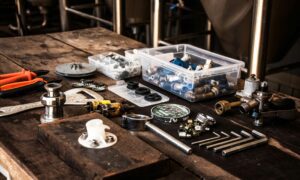Getting a new roof brings relief and satisfaction. It signals a fresh start, a renewed layer of protection, and often, a significant financial commitment. But just because the shingles are new doesn’t mean the job is complete. Even high-quality roof replacements require attention after installation to ensure everything functions properly. Small details, if overlooked, can lead to complications later on. Early detection of warning signs not only prevents more significant issues but also helps homeowners make the most of their investment. Problems that arise shortly after replacement often result from minor installation errors, overlooked components, or environmental factors. Identifying them in their early stages is key to maintaining a durable roof and avoiding unnecessary costs. Homeowners must stay engaged after the work is done—observing, inspecting, and asking questions when something doesn’t seem quite right. Doing so gives peace of mind and ensures the new roof truly lasts its intended lifespan.
New Roof, New Responsibility
1. Visible Shingle Movement or Lifting After Installation
One of the most noticeable red flags after a roof replacement is any kind of movement in the shingles. They should lie flat and securely adhere to the underlayment, forming a tight seal that resists wind and water. If you notice shingles curling, lifting, or appearing uneven just weeks or months after the job is finished, it’s a sign that something may be wrong. This could indicate poor adhesion, incorrect nail placement, or moisture trapped beneath the material. Shingles that move easily in the wind can quickly lead to leaks, especially during storms. These problems are often most visible along ridges or near eaves, where water runoff is heaviest. Some homeowners assume that minor movement is part of the “settling” process, but roofing materials are not meant to shift after installation. If lifting is widespread, it’s a good idea to consult a professional. Companies like I AM Roofing are familiar with early performance issues and can identify whether the problem is a material flaw or a fixable installation error.
2. Stains on Ceilings or Walls Within the First Few Months
Interior stains are a clear sign that something isn’t sealed correctly. After a roof replacement, you shouldn’t see water spots on your ceilings, streaks on your walls, or damp areas near attic access points. These signs suggest that water is getting past the roof’s outer layer and finding its way inside. In some cases, the problem might be linked to improperly installed flashing or insufficient sealing around vents, chimneys, or skylights. It’s also possible that underlayment gaps were missed or that shingles near penetrations weren’t fastened correctly. While these may seem like isolated incidents, any water intrusion after a replacement should be addressed immediately. Even a small drip can damage insulation, promote mold growth, and compromise ceiling finishes. If caught early, the issue may require only minor adjustments, such as resealing a joint or tightening flashing. Left unchecked, though, it can evolve into costly repairs that affect not just the roof but the home’s interior.
3. Unusual Noise During Wind or Rain Events
A new roof should feel like a shield, not something that reminds you of its presence with every gust of wind. If you hear whistling, banging, or flapping sounds during storms, it’s a strong indicator that something is loose or improperly installed. Roofs are built to withstand high winds, but if the materials aren’t secured with the right fasteners or if there are gaps between components, wind can easily get underneath. This not only causes noise but can eventually lift entire sections of roofing if the wind is strong enough. Rain sounds may also become louder if the underlayment isn’t absorbing sound effectively or if ventilation pathways are left exposed. Don’t dismiss these noises as “new roof quirks”—they often signal vulnerabilities in the structure. Even when the roof looks solid from the outside, these sounds provide clues about what might be hidden just beneath the surface. Following up on them early can prevent full-blown issues later.
4. Check Attic Spaces for Moisture or Drafts
Your attic acts as the first line of defense beneath your roof. It can reveal a lot about how well your new roof is performing. After replacement, take time to inspect this space during different weather conditions. During rain, check for any signs of dripping, damp insulation, or wet wood. In cold or windy weather, feel for drafts that suggest gaps in the roof’s ventilation or insulation system. A properly installed roof maintains a stable environment in the attic, with consistent airflow and no signs of water intrusion. If light is visible where it shouldn’t be—along ridges or valleys—it could mean flashing or sealing errors. The attic also helps show whether moisture barriers are working as they should. Even without visible water, a musty smell or increased humidity could indicate hidden leaks. Regular attic inspections are a simple yet effective way to monitor roof health from below, offering insights long before exterior signs become visible.
The months following a roof replacement are crucial for identifying problems that could affect performance in the long run. Paying attention to early signs—like lifted shingles, ceiling stains, odd noises, or attic drafts—can make all the difference in preventing costly repairs. These issues aren’t always dramatic at first, but they are often signals of deeper installation errors or weather impacts that need prompt attention. By staying alert and proactive, homeowners can extend the lifespan of their investment and maintain their home’s integrity. The key isn’t to expect problems but to know how to spot them and take swift action. A roof may be newly installed, but it’s never beyond the reach of environmental pressures or human oversight. The first signs are often subtle—easy to overlook but important to catch. Recognizing and responding to these indicators gives your roof the foundation it needs to protect everything beneath it for many years to come.































